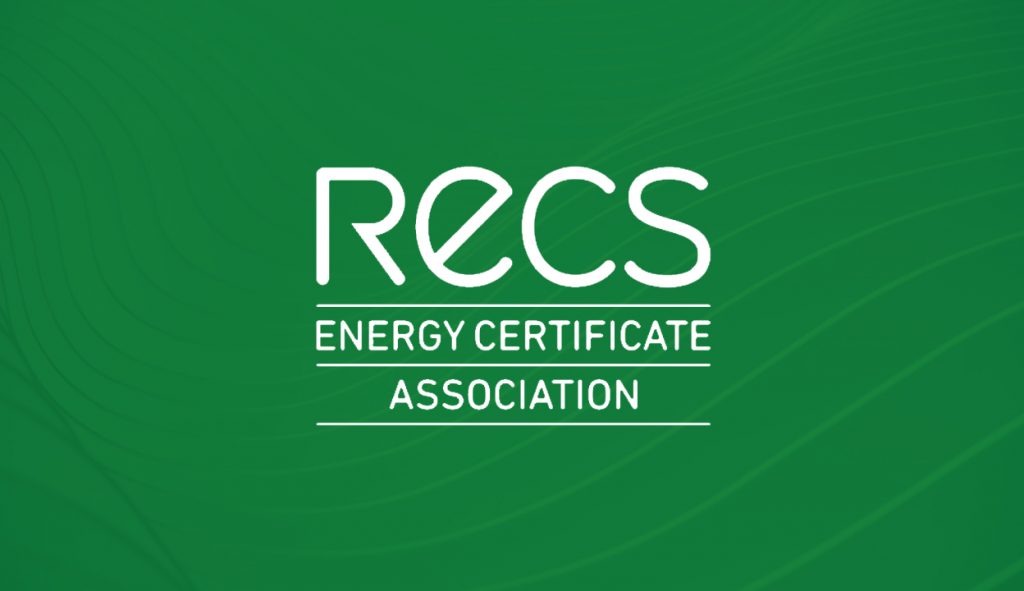In February 2022, RE100 held town hall meetings with its members to discuss three proposed changes to the RE100 technical criteria for consideration in the next planned update. Revisions to the criteria happen every two years, in March. The next planned update will be published in March 2023.
The full consultation, which will close on 27.05.22, can be read here.
The three proposed changes are below.
- Making AIB membership the market boundary for Europe, thereby bringing it into line with the current CDP market boundary (grandfathered in for some contracts),
- Accepting physical cross-market procurement when certain conditions are met (as set out in the consultation note at the link above),
- Introducing a 15-year limit on commissioning dates for projects supplying electricity to RE100 members to support an accelerated energy transition and more renewable capacity.
The RECS Board and Secretariat have agreed the following responses:
- The RE100 market boundary should be countries that are AIB members implementing the EECS rules and/or EU- including former members /EEA-/EFTA-/Energy Community-members implementing or on the way to implement European single market rules. Such a European market boundary would recognise the legal role of the European single market as well as the importance of the EECS rules. If only the EECS rules set the boundary, then they could be seen as having more weight than the EU’s Renewable Energy Directive and other single market related EU laws in regulating EU GOs, which would be wrong in RECS’ opinion. This approach should also be adopted by CDP.
- RECS encourages electricity users to purchase energy attribute certificates from generation sites located within the same legal/energy market jurisdiction as their consumption. However, where necessary, it accepts that some users may have to purchase EACs from outside of their market of consumption (see RECS’ guidance for market participants). RECS does not advocate the need for a physical energy connection between the points of EAC issuance and cancellation. However, if RE100 does want to set requirements on cross-market procurement then they should relate only to physical links in terms of transport capacity and not to physical flows, which cannot be proven. If there is an interconnection between two countries, that should be sufficient to allow the cross-market trade of EACs.
- RECS encourages renewable electricity consumers to develop their own definition of how to meet and go beyond minimum market standards through the adoption of best-practice renewable electricity procurement rules. This can either be done ‘in-house’ or by purchasing renewable energy with a label denoting its particular qualities. An age limit on production devices from which consumption is eligible is a criterion usually put in place by energy labels (such as EKOenergy, Naturemade, Green-e, TUV etc.). When deciding on this point, RE100 should consider the goals of supporting 100% renewable energy consumption and supporting the acceleration of the energy transition through additional impact criteria. If RE100 is seen as moving more towards the use of additional impact criteria, some market participants may see it as more of an energy label certifying ‘RE100 compliant purchases’ than as a reporting mechanism akin to CDP.

